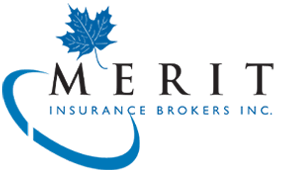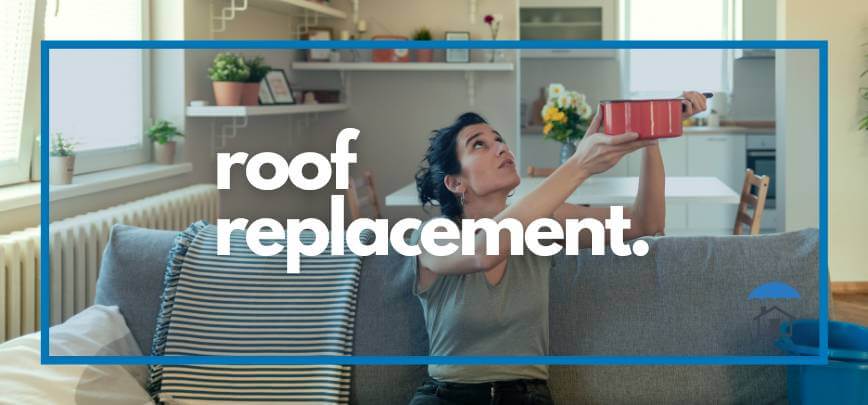Roof Replacement Insurance
Putting a roof over your head is a basic necessity of life. But the type of roof you choose may impact your wallet for many years to come.
When determining your home insurance rate, an insurance provider will want to know the type of roof you have, as well as how old and in what condition it is. Not all roofs are the same. They can be made from a variety of materials and, over time, degrade to a point where they are no longer effective in protecting our homes. That’s why homeowners insurance companies have requirements for roofs.
Here’s what you need to know about how your roof can impact what you pay for home insurance.
Age of roof and insurance
Not only does homeowners insurance cover a new roof; you might be able to secure a discount on your insurance if your roof is new. Why? Any insurance provider is going to base their rates on risk. The newer the roof, the less risk there is for leaks, damage to your home, or deterioration. And this usually translates to lower insurance rates. So if you’ve been wondering: will installing a new roof lower my insurance premium? The answer is probably yes.
As time goes on, your roof will have weathered many seasons and possible weather events (severe storms, tree damage, and even general wear and tear) that will degrade the integrity of the material. As that occurs, the risk of damage increases and so, likely, will your rates. If your roof gets too old, some homeowners insurance companies may even refuse to provide any insurance until major repairs are completed.
Best roof types for cheaper insurance
Roof materials can also impact insurance rates, as durability and strength will differ.
For example, metal roofs are durable and generally fire-resistant, something insurance companies find very appealing. Does a metal roof lower your insurance? It certainly could. If you happen to have or are thinking of getting a metal roof, ask about an insurance discount.
Slate and tile are also fairly fire-resistant and provide good insulation. There is little maintenance required with slate and tile roofs, and they are also resistant to rotting and insects.
Asphalt shingles, which are a very common material, are affordable and have a fairly long life span (15 to 20 years). However, asphalt decays more easily than other materials. Wood roofs, which are less common, are obviously not fire-resistant and some insurance companies will refuse coverage on this type of material.
While rarer, some have opted to install green roofs featuring some sort of vegetation or garden. While this roof type may be installed for environmental reasons, insurance companies are not necessarily on board. Because of the risks from water infiltration, you may not get the best rates or coverage. In any case, give your insurance company as much information about your green roof as possible and inquire about extended coverage if necessary.
Best roof shapes for cheaper insurance
The shape of a roof can also impact your home insurance rate. For instance, a gable roof is a simple upside-down “v” shape with two sides, which can be vulnerable to weather and winds. A hip roof, on the other hand, has four sides. It is more expensive for the homeowner to build but can be more resistant to wind and as a result, may help bring down-home insurance rates.
A flat roof is not as common and can pose higher risks of water and weather damage and even burglary, given that it’s easier to climb and reach upper-floor windows. For this reason, flat roofs and home insurance discounts don’t usually go hand in hand.
Is my roof covered by homeowners insurance?
Yes, generally speaking, if there’s damage to your roof, it should be covered by home insurance. It will depend, however, on the type of policy you have and the damage sustained. If the damage was caused by a covered peril (e.g., hail, fire, wind), you should be covered. Does house insurance cover a roof that is damaged as a result of neglect, or lack of maintenance, on the other hand? Probably not.
If it’s in an extremely poor state of repair, you may find that you can’t get homeowners insurance because of your roof. The insurance company might decline your request or require you to repair the roof before it agrees to cover you. In some cases, you might secure coverage but at a depreciated value, in which case you’re better off making the repairs and getting coverage for the full value of the roof. If you’re wondering how to get homeowners insurance with a bad roof, you may want to look at some high-risk home insurance providers until you can fix your roof and get more affordable coverage.
How to save on home insurance no matter the roof
No matter the material used, newer roofs will almost always translate into greater discounts or savings when it comes to home insurance.
But before embarking on a renovation, it’s best to discuss it with your insurance representative to see which materials and styles of roofs will garner the most savings for you in the long run.
Conducting regular check-ins (once a year or so) of the condition and age of the roof is important, too. Being proactive can help mitigate costs and avoid insurance rate increases down the road. Insurance providers may also want to look at your maintenance plans. If you have been neglecting maintenance, they may refuse coverage altogether. In their minds, you are not keeping up your end of the bargain, so to speak, to prevent damages and future claims.
Your home is not only one of your largest investments it is also where the heart is. At Merit, your broker will make sure you are covered. Get a property insurance quote online here or contact us to learn more.




